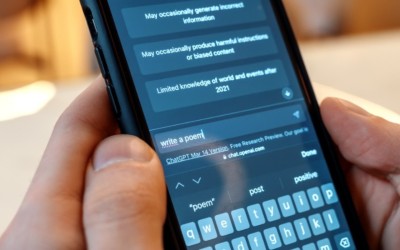Neurodiversity in the Workplace: The Imperative for Inclusion

In the 21st century, the workplace is becoming increasingly diverse. This diversity is not just limited to race, ethnicity, and gender. It is also extending to neurodiversity.
Neurodiversity refers to the natural variation in human brains. This variation can include conditions such as autism, dyslexia, ADHD, and Tourette syndrome. While these conditions can present challenges, they can also lead to unique strengths and talents.
For example, people with autism often have strong attention to detail and problem-solving skills. People with dyslexia may be highly creative and have a unique perspective on the world. And people with ADHD may be highly energetic and have a knack for multitasking.
In short, neurodiverse people can bring a wealth of talents and perspectives to the workplace. But in order to benefit from these talents, businesses need to create a more inclusive workplace for neurodiverse employees.
What does inclusion mean in the context of neurodiversity?
Why is inclusion important for businesses?
Increased innovation: Neurodiverse employees can bring a fresh perspective and innovative ideas to the workplace. This can lead to new products, services, and processes that can help businesses grow.
Increased innovation: Neurodiverse employees can bring a fresh perspective and innovative ideas to the workplace. This can lead to new products, services, and processes that can help businesses grow.
Improved productivity: Neurodiverse employees are often highly focused and detail-oriented. This can lead to increased productivity and efficiency in the workplace.
Reduced turnover: Neurodiverse employees are often more loyal to their employers than non-neurodiverse employees. This can help businesses reduce turnover and save money on recruitment and training costs.
Enhanced employee satisfaction: Neurodiverse employees who feel included and valued are more likely to be satisfied with their jobs. This can lead to improved morale, productivity, and retention.
How can businesses create a more inclusive workplace for neurodiverse employees?
There are many things that businesses can do to create a more inclusive workplace for neurodiverse employees. Here are a few tips:
Be aware of the challenges that neurodiverse employees may face. Some neurodiverse employees may need accommodations, such as flexible work arrangements or quiet spaces to work.
Be open and understanding. Don't judge neurodiverse employees based on their differences. Instead, be open to learning about their unique perspectives and ways of thinking.
Celebrate neurodiversity. Let neurodiverse employees know that they are valued and respected.
Provide training for managers and employees on neurodiversity. This will help everyone in the workplace understand the challenges and strengths of neurodiverse employees.
Advocate for neurodiversity in the workplace. Speak up about the importance of inclusion and make sure that your company's policies and practices reflect this value.
Inclusion is not just a nice thing to do. It is an imperative for businesses that want to remain competitive in the 21st century. By creating a more inclusive workplace for neurodiverse employees, businesses can tap into a pool of talent that has the potential to drive innovation, productivity, and growth.
Together, we can create a workplace where all people, regardless of their neurotype, can thrive.


